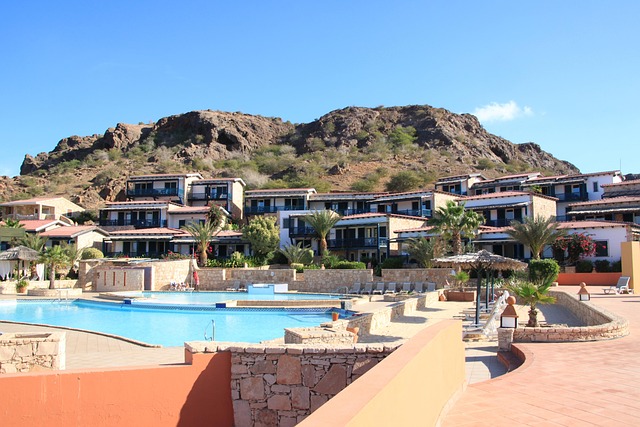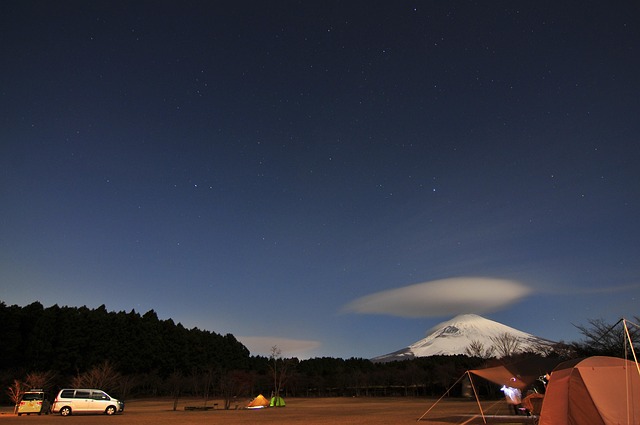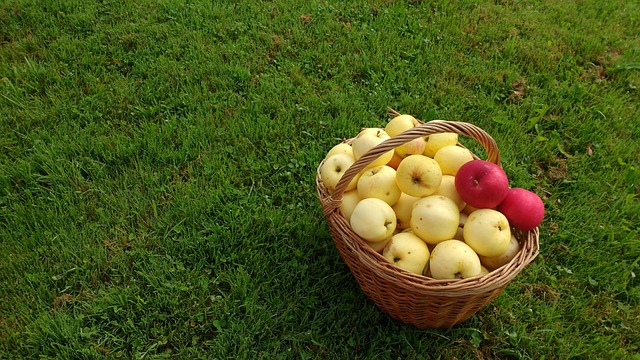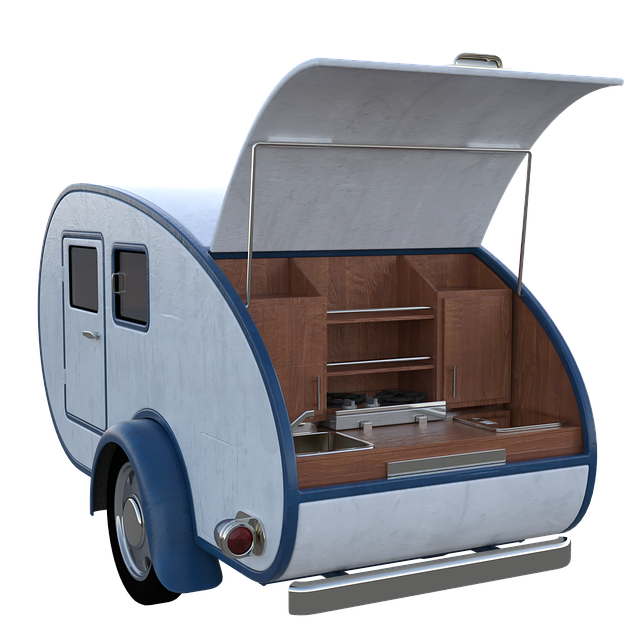The transformation of urban spaces into tasting rooms by real estate professionals has revitalized city landscapes, offering immersive alcohol consumption experiences for locals and tourists. This trend caters to experiential consumerism, fostering community, education, and appreciation for winemaking and brewing arts. By converting industrial or commercial spaces, these tasting rooms boost customer interaction, contribute to city vibrancy, and drive economic growth through unique offerings and strategic market positioning.
The beverage industry is experiencing a boom, with wineries and breweries transforming urban real estate. Tasting rooms, once niche, have evolved into vibrant destinations, attracting a diverse range of patrons. This trend showcases the success of converting industrial spaces into popular hangouts, fostering community engagement, and offering unique experiences. As demand surges, businesses must adapt with innovative strategies to capitalize on this thriving market, leveraging real estate as a key competitive advantage.
The Rise of Tasting Rooms: A New Wave of Urban Real Estate

The rise of tasting rooms represents a significant shift in the way we experience and engage with alcoholic beverages, especially in urban areas. These dedicated spaces, often within city centers, have become popular destinations for both locals and tourists alike, seeking unique and immersive experiences. The concept of a tasting room offers more than just a place to sample drinks; it creates an atmosphere that fosters community, education, and appreciation for the art of winemaking and brewing.
Real estate professionals have recognized this trend, transforming former industrial or commercial spaces into vibrant, modern tasting rooms. This evolution in urban real estate caters to the growing demand for experiential consumerism, where people are willing to pay for immersive, sensory-driven activities. With their focus on storytelling, artisanal production, and interactive elements, tasting rooms have become a new wave of urban attractions, contributing to the vibrancy and diversity of cities worldwide.
Breweries and Wineries: Transforming Industrial Spaces into Popular Destinations

In recent years, the transformation of industrial spaces into vibrant and popular destinations has been a notable trend in many cities. Breweries and wineries are at the forefront of this revolution, breathing new life into abandoned or underutilized buildings. This shift not only revitalizes urban areas but also offers unique experiences to locals and tourists alike. By converting former factory sites or warehouse districts into tasting rooms and breweries, these establishments create an atmospheric setting that enhances the sensory experience of their offerings.
Real estate developers play a crucial role in this transformation by identifying suitable properties and adapting them to meet the needs of these businesses. The popularity of these destinations is driven by consumers seeking authentic, immersive experiences. Tasting rooms and breweries often become cultural landmarks, attracting folks from all walks of life who appreciate craftsmanship, quality, and community interaction. This trend not only benefits businesses but also contributes to a city’s overall appeal and economic growth.
Strategies for Success: Catering to Growing Demand in the Beverage Industry

In the competitive beverage industry, wineries, breweries, and tasting rooms are constantly seeking strategies to meet the growing demand. One key approach is leveraging real estate effectively. By strategically locating their establishments in popular tourist destinations or areas with a thriving food culture, these businesses can attract larger crowds. This involves careful market research to identify locations with high foot traffic and strong local support for craft beverages.
Additionally, creating unique and immersive experiences goes hand-in-hand with optimal real estate use. From themed tasting rooms to outdoor seating areas with picturesque views, such innovations not only enhance customer enjoyment but also encourage repeat visits. By combining strategic real estate choices with engaging offerings, these beverage hubs can establish themselves as must-visit destinations, solidifying their success in the face of increasing market competition.






